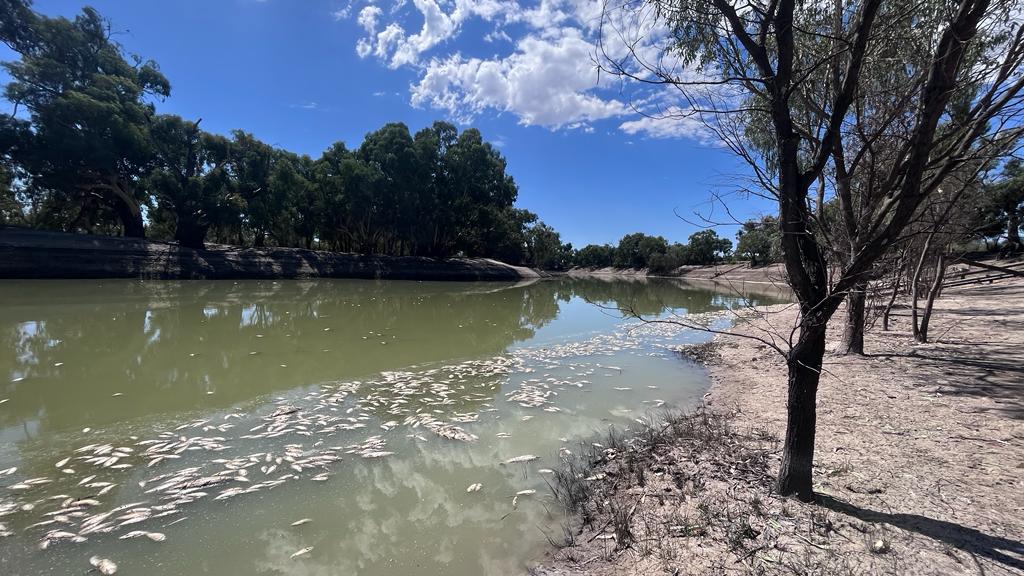EPA investigation into Darling-Barka fish kill
The NSW Environment Protection Authority (EPA) has determined that it will treat the Darling-Barka fish kill as a “pollution incident” under the Protection of the Environment Administration Act.
Under this authority, the NSW EPA will fully investigate the potential cause/s of the mass fish kill and whether any pollution offences were committed, and regulatory action needs to be taken.
As part of this process, the EPA can use its investigative powers under the Protection of the Environment Operations Act. This includes powers to statutorily obtain information and/or records, conduct interviews and collect samples.
As an independent regulator the EPA can look at the role of individuals, companies and government entities.
As part of a multi-agency emergency response the EPA’s initial testing was focused on ensuring public safety and responding to community concerns about a potential pesticide pollution event.
The EPA’s testing to date has ruled out a pesticide pollution event, with results coming back negative for more than 600 pesticides. Samples were also tested for nutrients, metals, algal toxins and algae.
Further testing carried out will be shared with the community as soon as possible, expected early next week.
Quotes attributable to NSW Minister for Environment, Penny Sharpe:
“For too long, the communities along the Darling – Barka River having been managing the impacts of fish kill events with too many questions going unanswered.
“The community has told me that the response by all agencies to this event hasn’t been up to scratch.
“No one is above the law – including the government. It is my expectation as Minister that should the Environment Protection Authority uncover any breaches of the Act, they will enforce regulatory action.
“Every community in NSW should have confidence in the management of their local waterways and their ongoing protection for future generations.
“We are also finalising the terms of reference for an independent inquiry by the Chief Scientist. This will be released publicly as soon as possible.
“I have visited these communities many times over the years and know the Darling-Barka is the lifeblood of this region. I have seen first-hand First Nations and community connection to these waterways. I will leave no stone unturned to ensure we do what we can to prevent any further adverse environmental impacts.”
